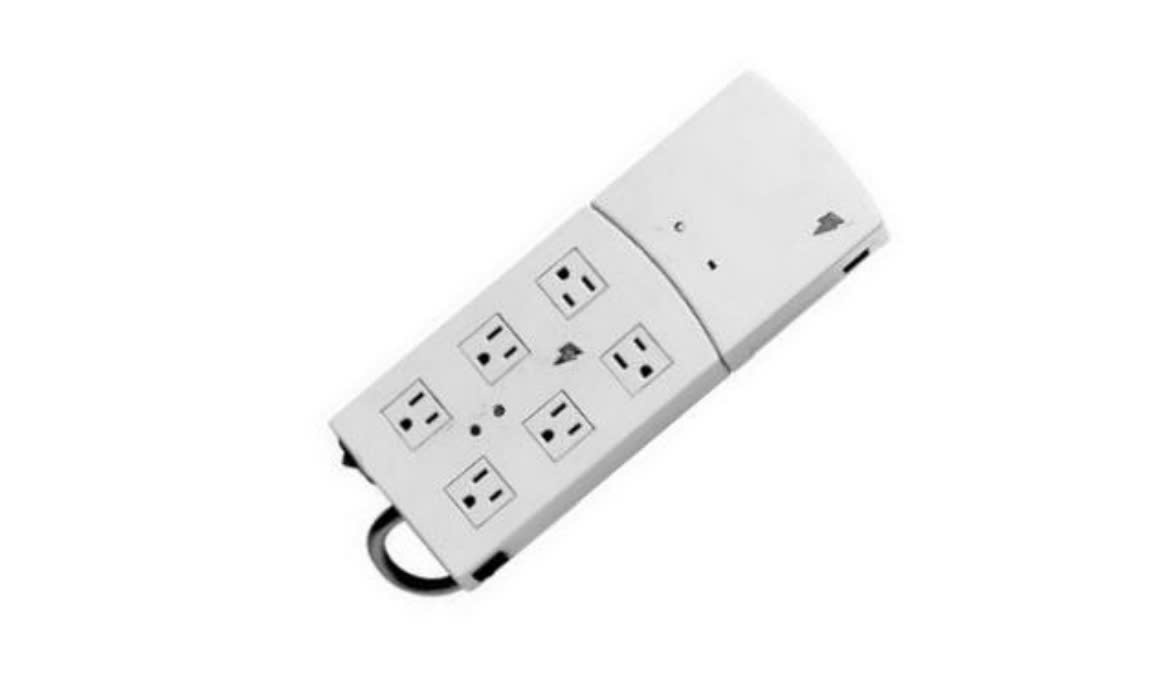Introduction
Among the variety of important elements to consider when selecting an isolation-transformer based powerconditioning solution is the issue of impedance. All transformers are not created equal, and it’s crucial that the power conditioner you select uses an isolation transformer with the correct impedance characteristics. Otherwise adverse conditions may arise that lead to unsatisfactory performance.

What is impedance?
Impedance is defined as “opposition to the flow of a changing current.” Impedance is similar to resistance, however, resistance is applied only to DC or direct current circuits.
Both types of circuits (AC and DC) contain capacitance, inductance, and resistance. In AC circuits, the circuit current is constantly changing or alternating. In DC circuits, the current changes only when the circuit is turned on or turned off.
In a DC circuit, capacitance and inductance have little affect on the circuit’s operation. In an AC circuit, however, the constantly changing current causes the capacitance and inductance to exhibit a factor called “reactance.” Like resistance, reactance also opposes current flow, and the effect of reactance must be added to the effect of the circuit’s resistance to determine the total opposition to current flow. The combination of reactance and resistance is called impedance.
Impedance is also different from resistance in that its value is affected by the frequency of the current in the circuit. In other words, a circuit may offer a low impedance to 60 Hz. current but a higher impedance to a 10 kHz. current, for example.
The issue of impedance vs. frequency becomes important when selecting a power conditioning interface that must function as both a low impedance “source” for AC power and as a high impedance “barrier” to unwanted power disturbances.





